Throwing clay and forming pottery is an art that is thousands of years old, but 3D printers are bringing something new and unique to this ancient craft. Not only can you create parts with shapes not currently possible with any other process, but 3D printing is far more cost-effective and faster than traditionally producing ceramic parts and pottery.
Artists are using 3D printers to create unique pieces, while companies are prototyping specialized ceramic parts and enjoying time and cost savings as a result. Thanks to the unique material properties of the medium, the printed objects can be hard, smooth, weather resistant, and handle extremely high temperatures. As is customary in ceramic production, the final pieces need to be fired in a kiln.
The printers used to create these pieces are in a category of their own and within it are distinctly different machines. On the industrial side, there are printers employing vat polymerization and binder jetting technologies. Consumer-level machines tend to be extrusion printers, which essentially adopt the mechanics of an FDM printer but replace the filament extrusion and printhead with a mechanism capable of dispensing wet clay onto the print surface. These printers often have other features specific to ceramic end uses, like dust-proof rail and bearings systems, sturdier frames, and easier access to manually alter objects mid-print.
It can be a bit overwhelming when we look at all the options on the market right now, so we’ve compiled a list of the best ceramic 3D printers for making pottery. Let’s check them out!
Tronxy Moore
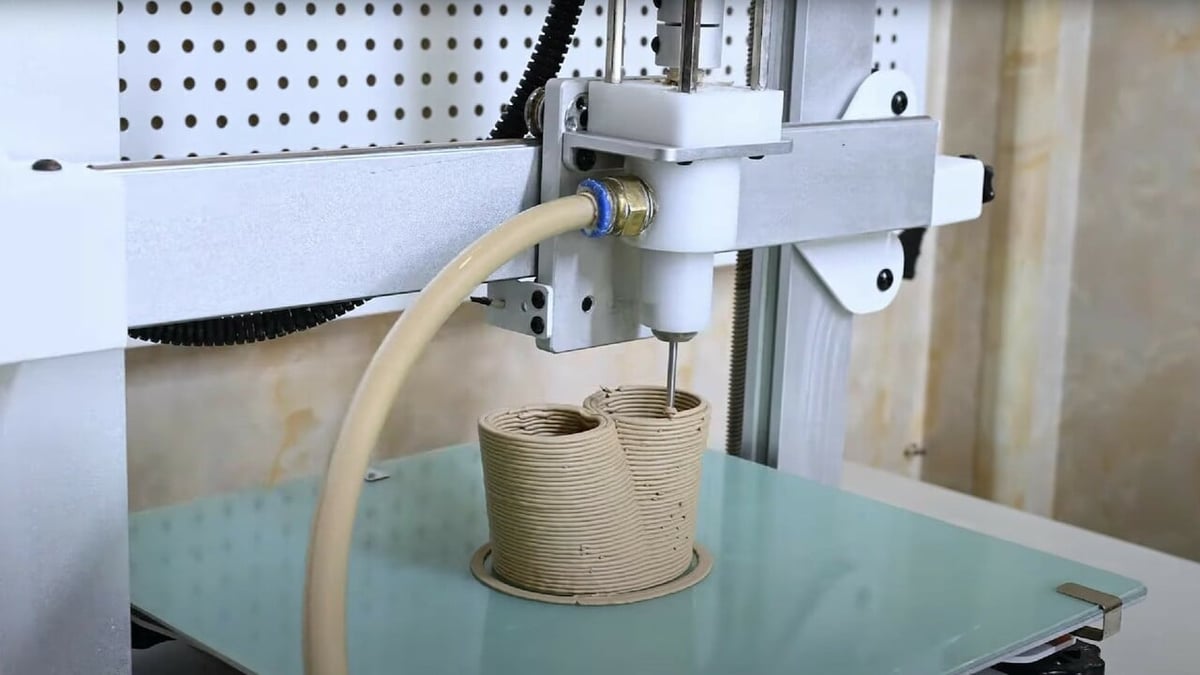
Tronxy, a well-known maker of large-format, filament-based 3D printers, started its own line of ceramic printers. The Moore 1, 2, and 3 models have progressively better specs, but there are a couple of common elements to all of the models.
All three have an electric putter feeding system that pushes clay loaded in the barrel through the feed tube into the extruder. Tronxy suggests this is a friendlier setup for beginners, as there’s no need for an air compressor. Also, all three printers have a maximum printing speed of 40 mm/s, although the company recommends printing at 30 mm/s in various places.
We would have preferred better dust protection on the printers, but with the base model available for under $500, we can’t deny the bang for the buck we get from this series. Let’s look at what each has to offer:
- Moore 1: This printer is the smallest in the line, and starting at around $470, it’s also the cheapest printer on this list. With a build volume of 180 x 180 x 180 mm, the printer has your basic cantilevered bed-slinger design but with a few upgrades for the heavy extrusion mechanism. We wouldn’t usually recommend a bed slinger for printing with clay, as the piece could wobble and deform, but with a maximum speed of 40 mm/s, that problem shouldn’t arise.
- Moore 2 Pro: Besides the larger build volume (255 x 255 x 260 mm), this model’s dual Z screws will move the printhead up in a more stable way. As it’s a bed-slinger too, mind the recommended 30-mm/s print speed; you don’t want to have wet clay moving around too fast, lest we forget why slinger is in the name, after all. This printer starts at around $680.
- Moore 3 Pro: This model is a proper CoreXY printer with a 330 x 330 x 380 mm fully enclosed build volume. Unlike its smaller siblings, which only have a 0.5 liter clay cartridge, this one can carry up to 2 liters. There’s also a compressed air option if you’ve got a compressor lying around. Otherwise, it will use an electric putter like the other two. This model starts at $1,300.
All of the prices listed above are before taxes.
Eazao Zero
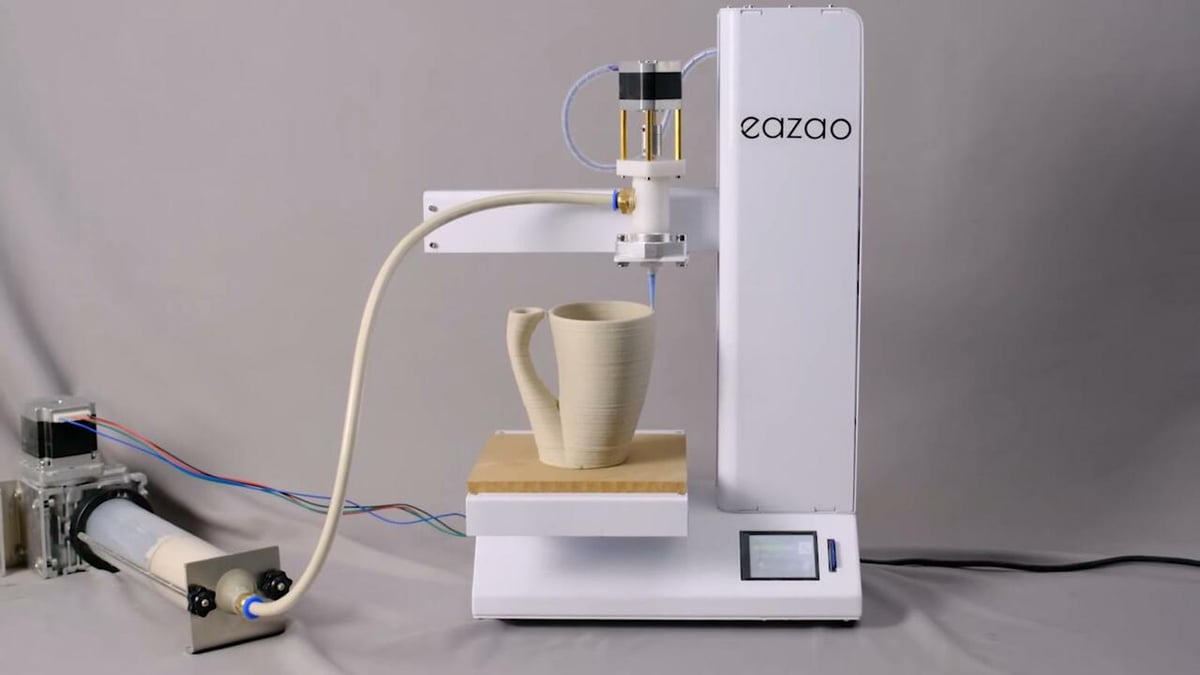
Priced at around $900, the Zero is Eazao’s more affordable ceramic printer, a nice-looking bed slinger with a 150 x 150 x 240 mm build volume. The printer also uses an electric putter for extrusion, and the print speed maxes out at 40 mm/s.
Other than build volume, the specs are pretty much on par with its bigger siblings the Matrix models (see next section), but there’s one key difference. This one comes ready to print right out of the box, no assembly required.
Having said that, ceramic materials have their own quirks, like proper viscosity and removing air bubbles. That means that even this beginner-friendly printer should be handled with some previous experience with printers and ceramics.
Eazao Matrix
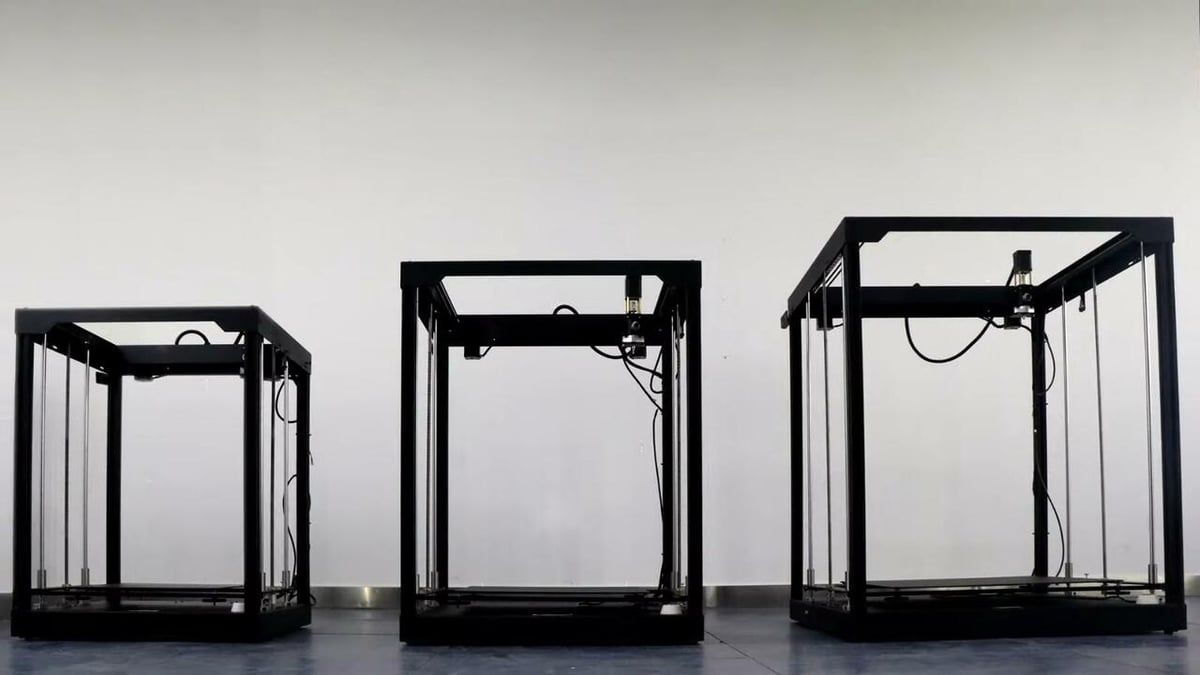
The Matrix M500 is a CoreXY ceramic printer that features a 300 x 300 x 500 mm build volume, a 2-L cartridge, and an electric push rod with screw extrusion. The layer height can range from 0.4 to 1 mm, which is surprisingly flexible. It’s missing Wi-Fi connectivity, but there is a color touchscreen interface capable of getting the prints going, as well as doing the usual tuning and calibration routines.
Besides the M500, Eazao offers the bigger M600 and M700 variants, which add 100 and 200 mm, respectively, to every axis for bigger build volumes. In terms of pricing, the M500 will set you back around $1,700, and for the extra build volume of the M600 and M700, you’ll have to add $1,200 and $2,300, respectively, to the price tag.
Formlabs Form 3+
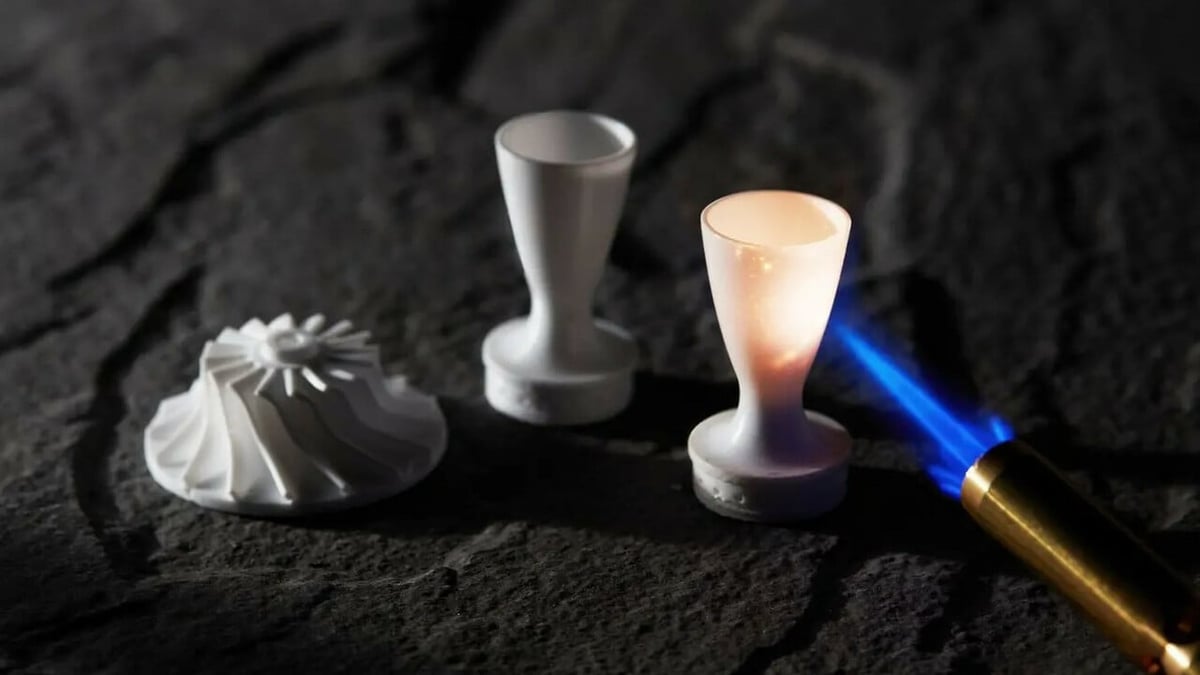
Unique on our list is Formlabs’ Form 3+. It’s a resin 3D printer that prints with the company’s ceramic resin instead of an extruded material. This machine is definitely a valuable addition to any artist’s studio, but there’s one huge caveat. This particular resin is expensive.
Whereas you can get 4.5 kg of clay for $25, Formlabs’ latest ceramic resin comes in at a whopping $1,300 for 0.75 L. Compared to its previous ceramic resin, Alumina 4N is a better, high-density, and high-purity technical ceramic made of aluminum oxide. Plenty of companies are willing to pay four figures to make technical ceramic pieces that would have to be tooled otherwise, but potters beware, resin is not your average art school clay.
That being said, there’s nothing stopping you from creating fine pottery pieces on the Form 3+. Its 145 x 145 x 193 mm build volume is rather small when compared to its FDM competitors. Still, for finely detailed pieces, this is a nice piece of kit, especially considering the fact that you can use it for other resin materials. Price-wise, the Form 3+ starts at around $2,500 before taxes.
Wasp 2040 & 40100 Clay
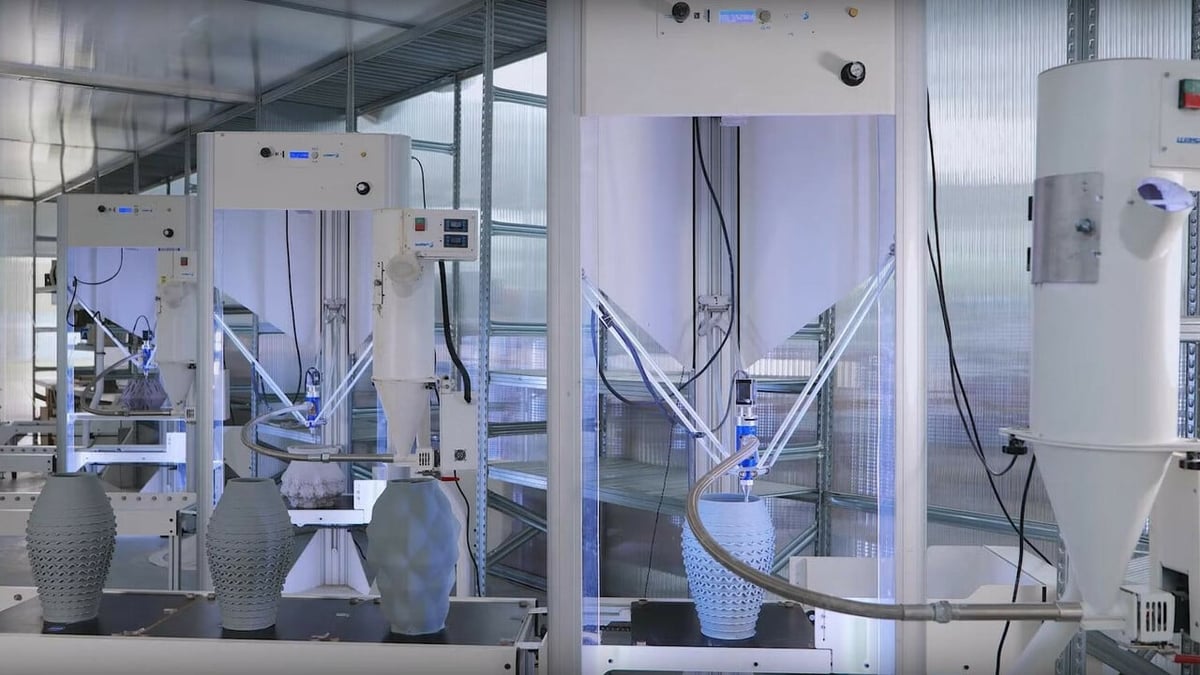
Italian 3D printer manufacturer Wasp is known for its large delta 3D printers. They even made headlines by using their big delta systems to build houses and shelters in developing countries.
Originally, Wasp entered the ceramic printing world with the LDM clay extruder system, an add-on that can be used with their printers and also a handful of third-party 3D printers. When properly set up, this technology offers some of the most precise paste extrusion ceramic 3D printing on the market. The standard LDM extruder will set you back about $500 after taxes. An extra large version is also available.
The company eventually recognized that some users would rather have an original ceramic 3D printer working out of the box. And that’s what they did. The Wasp 2040 Clay and its big brother Wasp 40100 Clay are both extrusion-based delta machines designed specifically for clay 3D printing.
The machines’ extrusion system has an output pressure multiplier of up to 40 bar and features an optional, yet unusual, retraction system. Costs are relatively low: The 2040 Clay costs around $3,930 after taxes, with a build volume of Ø400 x 200 mm and a minimum layer height of 0.5 mm.
3D PotterBots
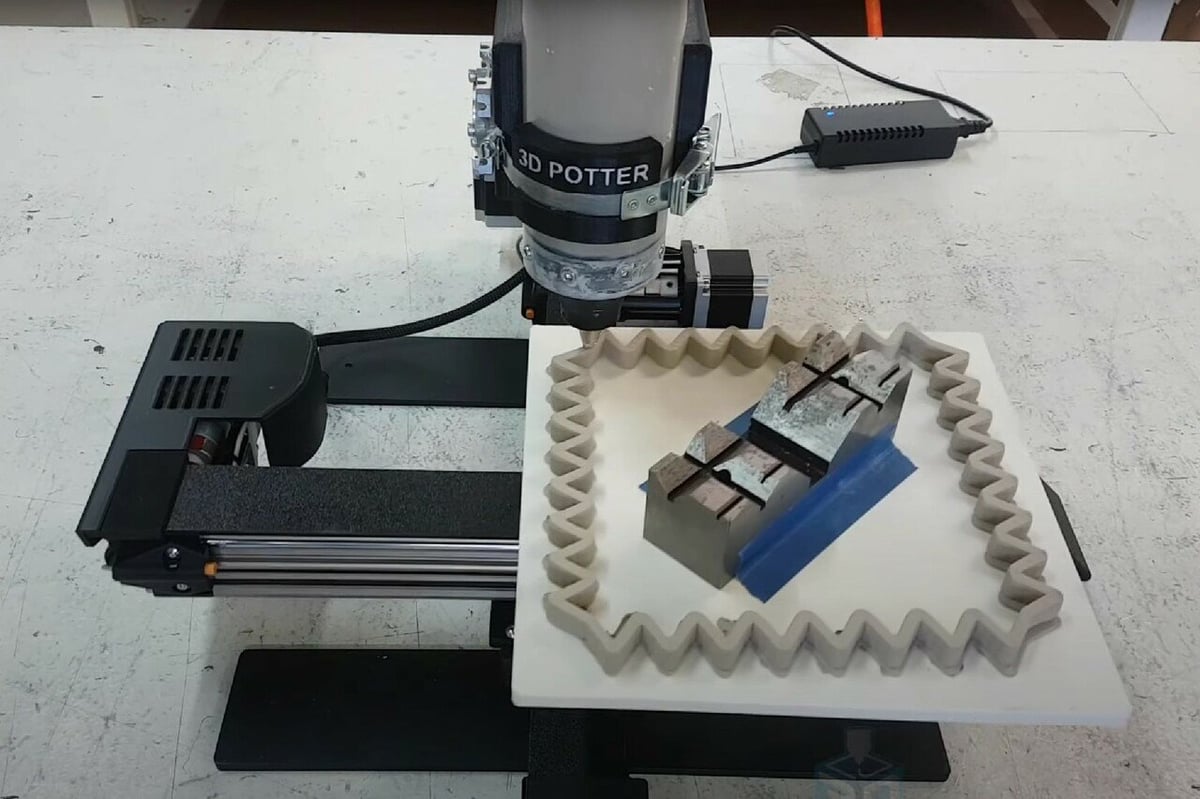
The 3D PotterBot series is one of the first truly dedicated ceramic 3D printers, being specifically designed for the pottery industry. It outputs large volumes of undiluted ceramic materials via its sizable capacity ram extruder, allowing for a continuous flow and precise prints.
This is done by eliminating the usual hose feedstock system, and getting rid of lag and hysteresis caused by hoses. The constant extrusion ensures precise layer deposition throughout the entire print, and the extruder itself doesn’t use any external power sources or air compressors to propel the paste.
The company behind this printer, 3D Potter, has specially designed them for larger ceramic vessels. The Scara V4, for example, can print all the way up to one meter in height! Currently, there are strictly six different ceramic 3D PotterBot printers with a price range of $3,500 to $23,350 (before taxes).
Tronxy Moore X4060

Tronxy has another line of clay printers, the Moore X. The name is the same as the other line, except for the X. These range from the X2525 all the way up to the X6080, with the main difference being size. At the time of writing, though, only the X4060 is commercially available.
The model numbers represent centimeters, so the X4060 has a build volume of 400 x 400 x 600 mm. Any Moore X printer smaller than the X4060 will only take 0.5-liter clay canisters, but from this model upwards, they all take 5-liter barrels.
All printers in the Moore X line feature outer-speed-guide (OSG) rails for extra stability and need a compressed air supply, a common need in these types of printers. They’re aimed at professionals, can print at 150 mm/s, and feature a unique temperature-controlled, fully-enclosed build space. That feature, however, takes away the freedom to interact with the sides and back of the piece while it’s being printed, unlike other professional printers in this list.
The Moore X4060 is priced at around $5,000 (before taxes).
StoneFlower 4.0
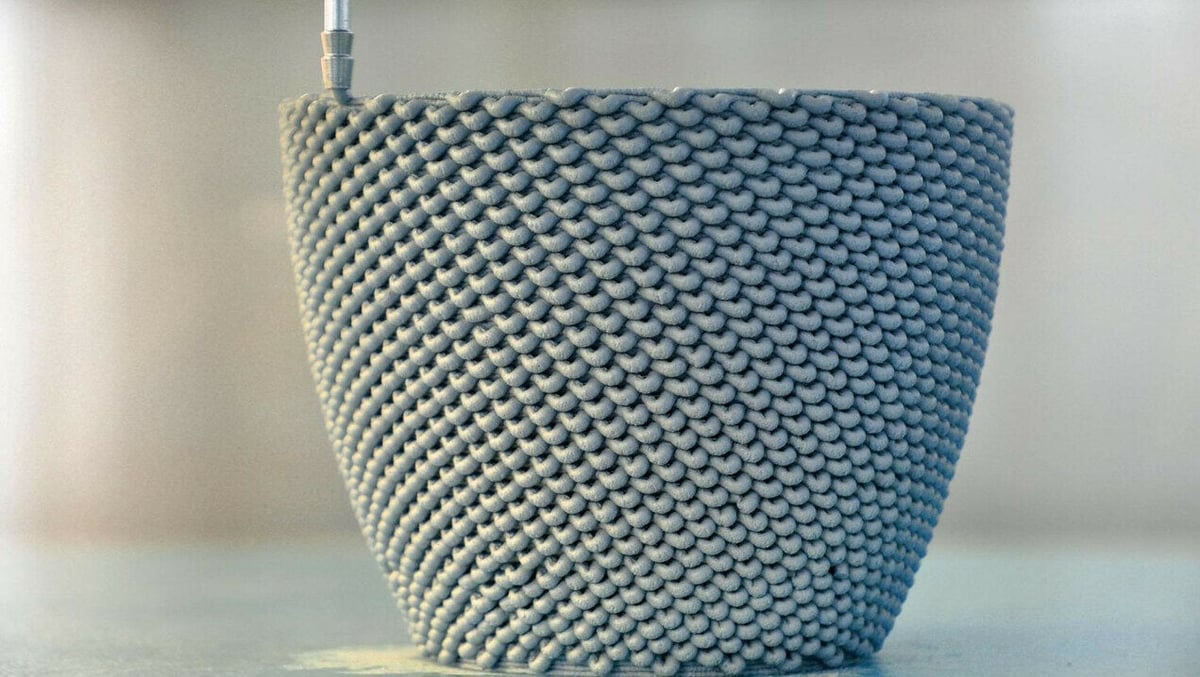
The German company StoneFlower offers ceramic 3D printing suitable for prototyping and small production for arts, design, and architecture. The StoneFlower 4.0 produces parts as big as 500 x 500 x 500 mm in clay, porcelain, and concrete. Equipped with a 5-inch touchscreen control panel, this printer can also be fully controlled in real-time via Wi-Fi.
The company also offers a clay extruder add-on system for adaptation to third-party 3D printers. Every add-on kit includes a ram extruder, a print head, and a control unit. For anyone who prefers to modify an existing 3D printer, add-on kits start around $840. The StoneFlower 4.0 3D printer – complete with the sturdy all-metal frame, the custom bearings, and all the fittings for a proper ceramics printer – will set you back about $5,800 (taxes included).
VormVrij Lutum
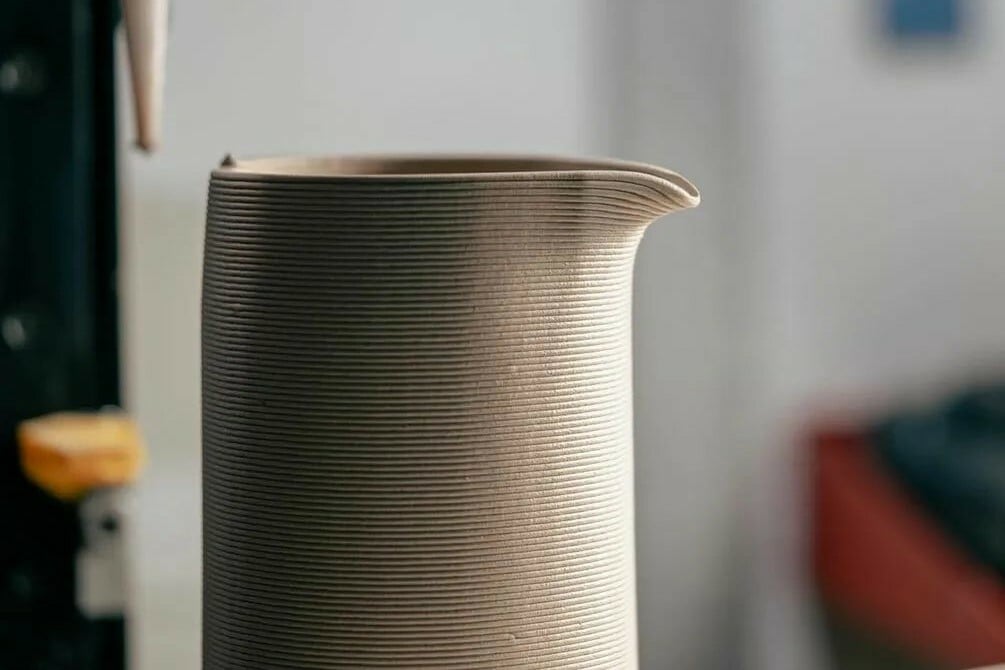
Dutch clay 3D printer maker VormVrij offers five machines in their Lutum line: three in the 4-series and two in the 5 series, with the latter being targeted toward more industrial end uses. All the printers in the line are capable of continuous clay flow, fast precision interrupted clay flow, and accelerated or decelerated clay flow. Dry compressed air is required to extrude, but just about any standard compressor you source locally will do, as the printer doesn’t use too much air. It just needs the applied force inside the clay cartridge.
The stationary print bed enables you to work on the object while the print is ongoing, and the 200º of freedom around the machine gives you full access to interact with the printed clay. This is especially useful for potters with a more hands-on approach.
Nozzle sizes vary from 0.8 mm to 7 mm, with layer height ranging from 0.5 mm to 3 mm. The optimal print range for average clay is 1-mm layer thickness with a 3-mm nozzle. PrusaSlicer is the recommended software to prepare prints for Lutum. It’s also worth noting that the printers have a touchscreen and can be fully controlled via Wi-Fi-capable devices or networks.
Let’s take a peek at the specific models:
- 4M: Coming in at around $4,270 after taxes, the 4M is the least expensive of the printers, thanks to a nylon extruder and an 8-bit control board. The printer’s build volume is 250 x 250 x 400 mm.
- 4M Pro: Even though the build volume is the same, the pro version comes with some serious upgrades: a stainless steel extruder and a 32-bit control board, as well as more cartridges and clay sleeves. The printer is priced at about $6,680.
- 4.6: This model is the big dog of the 4 series. It features a 430 x 460 x 500 mm build volume, and its hefty body allows the upgrade to dual extruders. That upgrade, however, would push the printer to a five-figure sum after taxes, as the base model already costs about $8,220.
- 5: The flagship of the Lutum line, this is a very capable printer that features a detachable 7″ touchscreen, heavy-duty drivers and motors, high-precision HIWIN rails, and a 4-mm stainless steel print surface. The print volume is 400 x 400 x 500 mm, but you can upgrade the Z axis to 800 mm. The frame is capable of holding a second extruder as well. Not bad for a $13,000 machine.
- 5M: With a 250 x 250 x 400 mm build volume, this printer is essentially a smaller, less expensive version of the Lutum 5, although its size doesn’t allow for the second extruder upgrade. The 5M will set you back about $8,815.
All of the prices listed above are after taxes but don’t include shipping.
Get Your Ceramic Parts 3D Printed
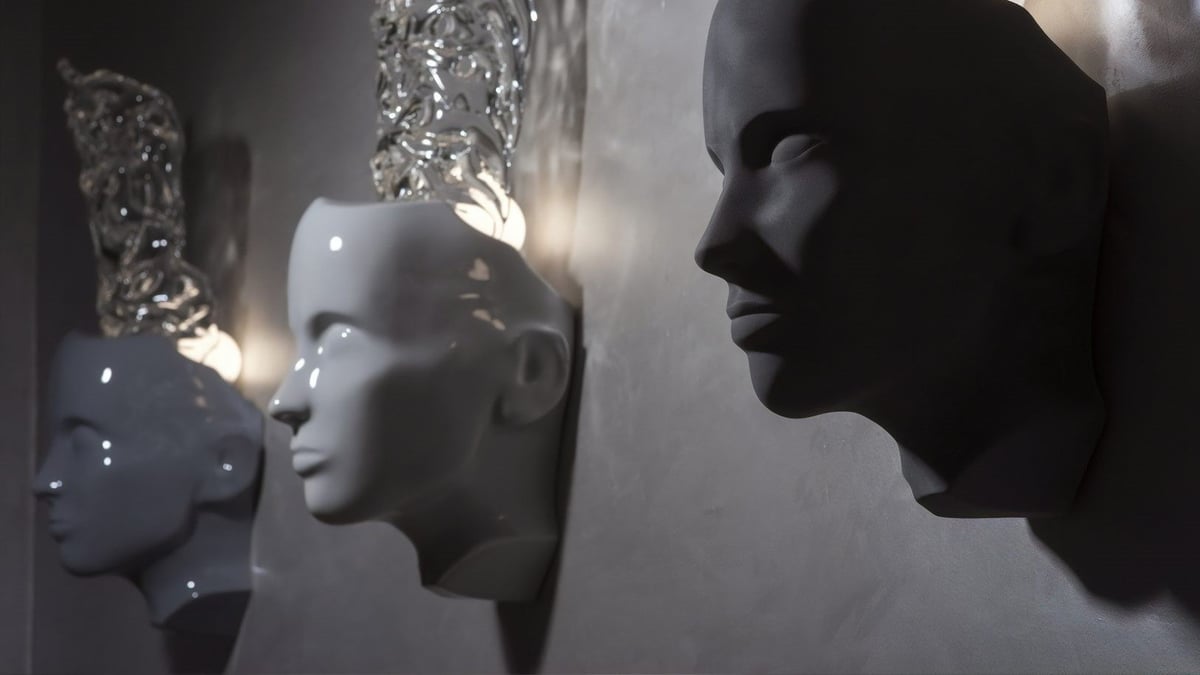
If you’ve read All3DP’s other guides to printing with metals and plastics, you know that here is where we tell you about all the 3D printing services that will 3D print your parts for you. This gets a little tricky with ceramics. The large global 3D print shops, including Craftcloud, Sculpteo, Xometry, and i.Materalise don’t offer clay 3D printing services.
However, the situation improves for technical ceramics, especially those printed with vat polymerization technologies. Craftcloud, Xometry, and Materialise all offer ceramic-filled resins, although there may be size limitations depending on the supplier.
For design ceramics, check out Kwambio, a New York-based 3D printing company focused on ceramic materials. The company has been extensively used by artists and designers but also produces parts for industrial use.
License: The text of "The Best Ceramic / Pottery 3D Printers in 2024" by All3DP is licensed under a Creative Commons Attribution 4.0 International License.
